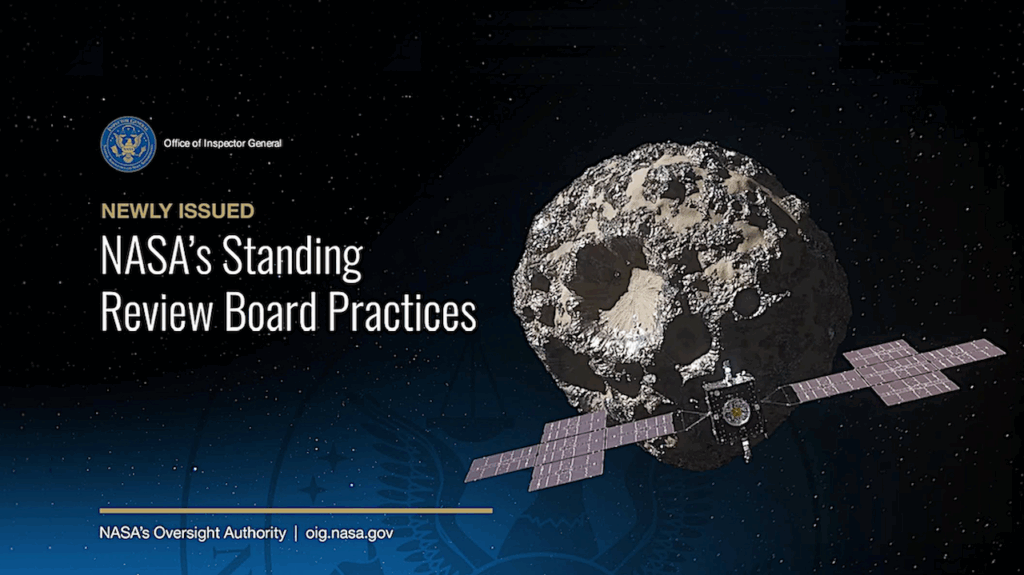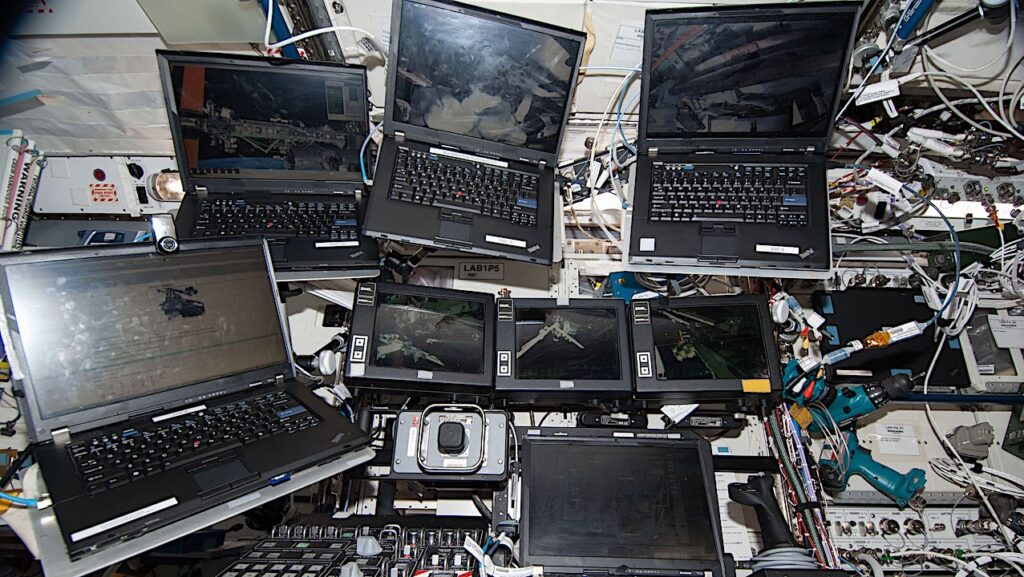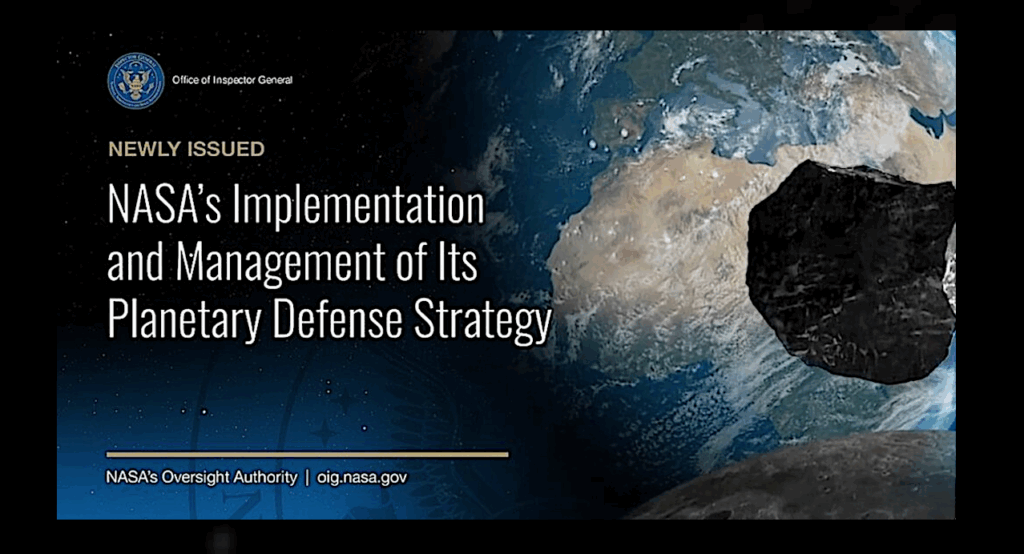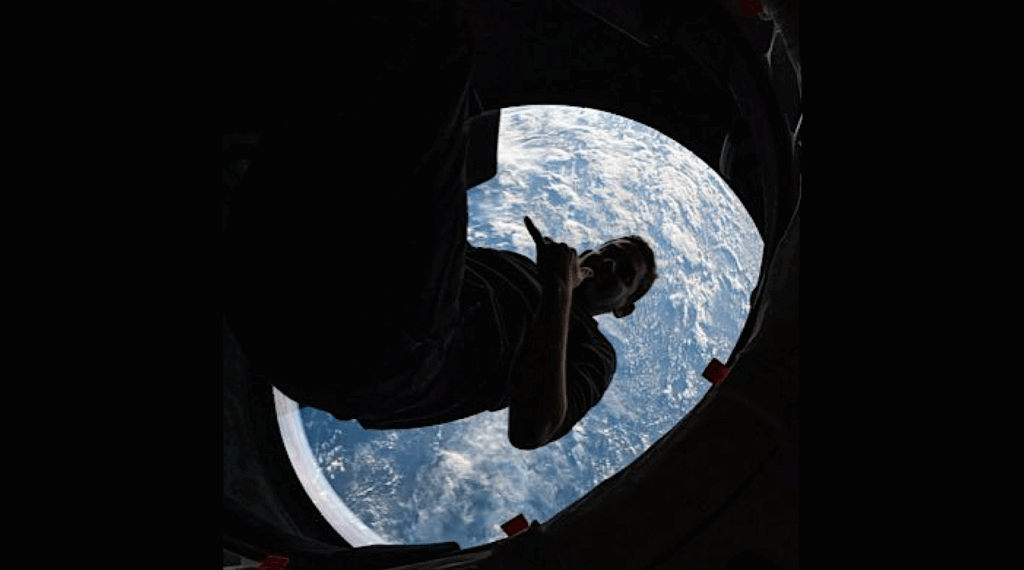You Cannot Learn From What You Have Forgotten

NASA Has To Fight The Forgetting, NBC
“[Space workers] need the consequent inescapable ache of fear and the gnawing of doubt that keeps asking, over and over, if they’ve covered all angles and done all they can. And if their stomachs do not knot up, and mouths go dry, as they confront such decisions perhaps they need new jobs. They do not need comforting myths about “valuable sacrifices” and “space-is-very-very-hard” rationalizations for the failures of individuals and teams. And most of all, they do not need more human sacrifices to remind them of things they knew, but somehow allowed themselves to forget.”









Thank you, Jim, for stepping past the mere remindings. Excellent piece.
I had always felt that during my time at JSC between the shuttle accidents our mandatory attendence of the Safety Day ‘festivities’ was counter-productive. If safety-consciousness isn’t woven into your psyche when performing those jobs, then you shouldn’t be doing those jobs.
Your suggestion for genuine, tangible physical reminders in all the workplaces is a very good one. I hope it is acted upon.
The American Flag from the side of the Columbia was recovered intact. At the time I thought it should be on display,
While I completely agree with Jim, I do not see any evidence that NASA management has any interest.
The several projects I have seen and been part of throw the previous projects under the bus, get rid of the current hardware, plans, people and knowledge base as quickly as they can and go onto something new. They will tell you it is going to be better but from what the entire world can see, NASA’s current zero capability for putting a human into space, it doesn’t seem to be working out too well.
Interesting how the Russian approach has been so different in which they establish, maintain and improve upon their systems and make sure they educate and maintain experts in their respective fields.
If you recall, in the case of Columbia, JSC had eliminated their engineering support for Shuttle; they continued to spend the same as always but all the money was going into operations. So they no longer even had a subsystem engineer for the thermal control system and in particular no one who knew anything about the RCC that had been damaged. Not only had they never inspected or tested the RCC as it was aging and being used, to see how it had worn thin and was more brittle than when new, but, they didnt even have anyone on staff who realized it was a ceramic susceptible to exactly the same kind of damage as your good china.
The NASA approach seems to be more like bringing up your kids. You figure that they won’t listen to you and your experiences growing up anyway so why bother? Just let them go out and make the mistakes and learn for themselves-the same mistakes you learned a generation earlier. And then in 25 years the grand kids can repeat the process.
I don’t think this is how civilization or industry advanced. The ones who have been successful seem to put a lot of focus on education, experience, and building on the past.
As long as NASA keeps this up, we are sure to go absolutely no place.
“Those who cannot remember the past are condemned to repeat it”
George Santayana, “Reason in Common Sense”, 1905.
As always, Oberg speaks with an enormous depth of personal knowledge, experience, and research. But we cannot depend on superhuman vigilance to achieve safety, because we are not superhuman. Aerospace systems have to evolve rapidly to achieve safety, reliability, high performance and low operating cost without complexity, through a clarity of engineering vision.
The thousands of USA contractors were the people that actually kept the Shuttle flying despite a very complicated and intrinsically rather unreliable design, and learned many difficult lessons. But with the end of the Shuttle program they were all simply laid off en mass with no attempt to record their insights. More than fifty thousand man-years of hands-on experience maintaining the world’s only reusable spacecraft was simply discarded.
Jim also overtly states what everyone knows, that NASA assumes human spaceflight beyond LEO will go to the Moon first rather than Mars. But it is odd that while many are willing to quietly question the Obama Administration’s rather impractical decision to go first to Mars, they aren’t willing to do the same for the current plan, imposed by Congress, to base the program on an HLV with technology that will, by the time it carries a lunar mission, be over half a century old and too expensive to ever carry a meaningful number of people (i.e. a hundred per year) into space. NASA needs to return to the NACA model, when it was a partner with industry, not simply a customer.
Finally, a few relics from both the Challenger and Columbia are displayed with the Shuttle Atlantis at Kennedy Space Center.
“that NASA assumes human spaceflight beyond LEO will go to the Moon first rather than Mars”
In a recent interview about his provocative book, Louis Friedman asserted that the asteroid retrieval project was well underway- planning, anyway, with the decision made to grab a rock off an asteroid rather than grab the asteroid (‘they are all just pieces of each other’, he said).
I guess I was surprised, not realizing the project was still alive.
ARM is said to be contributing to the Mars mission, since the solar-electric propulsion stage may be used in a Mars craft, either manned or carrying supplies.
SLS ~ $23,000,000,000. Not including Constellation. The powers that be may never learn from the past. Let’s hope that with all this capital spending (pork) those with the power of the purse remember to reserve a little for the operations side- and keep our Astronauts safe.
I agree with Jim that safety should always be a top priority and that it should be foremost in everyone’s mind lest “go fever” take over and become a primary cause of another tragedy.
But at the same time, safety should not be used as an excuse to never launch (e.g. the why should we ever send people when an unmanned probe can do a fraction of the exploration without risk to human lives) or as an excuse to never innovate. Risk in space travel will always be present and there will continue to be deaths. Unfortunately, death is the only certainty in life.
Reflecting in 2007 on the Apollo 1 fire and later NASA tragedies, James Oberg wrote, “Not so in 1986 and 2003, and not so today or tomorrow or in the next decade. Two space shuttles, and seven astronauts each time, were wiped out not by surprising hazards or unknown circumstances, but because space workers forgot what they once knew, and still should have known, about minimizing the dangers as much as possible in space. They forgot the lessons paid for in time, treasure and blood on Jan. 27, 1967.”
It is sometimes observed that reality is stranger than fiction. Indeed it is. No spaceship in science fiction, AFAIK, was ever destroyed because the fire in one of its booster rockets burned through a known weak point in the rocket’s casing.* Nor was any fictional mission lost because a piece of insulation broke off the fuel tank at launch and damaged the ship’s heat shield.
(*There was Heinlein’s story The Green Hills of Earth, in which Rhysling (“The Blind Poet of the Spaceways” and a former engineer) saved the ship on which he was a passenger when one of its atomic engines broke down. But that’s not really the same situation.)
Listening to the commentaries on today’s memorial, I find them full of commiseration but empty of any mention of the causes of these disasters, much less any awareness that the causes were known and hence the disasters were avoidable, but little or nothing was done because of complacency.
This tendency to creeping complacency has a strong hold not only on NASA but on American culture in general. Political leaders deride the well-supported warnings of thousands of scientists. Other politicians insist that expanding background checks on gun purchasers will do nothing to prevent senseless gun violence. Neither group has much to fear, apparently, from an electorate unconcerned about incompetent governance.
The governor of a Midwestern state, and other state officials, deflect any blame for the pollution of a city water supply they should have known would occur, just as they earlier deflected acknowledgment of the data showing there was a problem.
In California, the head of a natural gas supplier assures the public that his company is doing everything it can to stop the leak of a gas well near a residential area, despite the fact that a mechanism designed to stop such leaks was removed from the well years ago and never replaced.
These incidents and a hundred others demonstrate that Ben Franklin’s dictum “An ounce of prevention is worth a pound of cure” has little force today, and has largely been supplanted by “Mistakes were made, but the thing to do is fix the problem, not point fingers.” And soon afterwards the same or similar mistakes are made again. The answer clearly is better education to restore a culture-of-prevention mindset. But this presents difficulties when the schools themselves are often saddled with the same tendency to complacency.